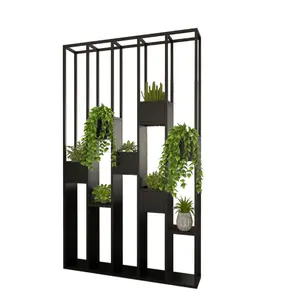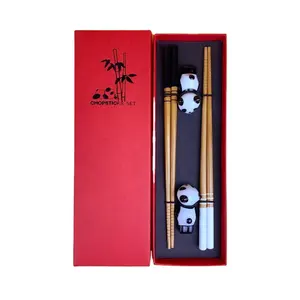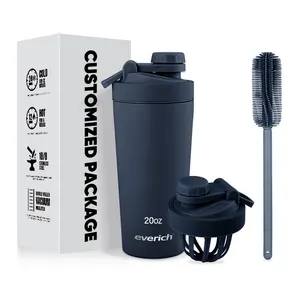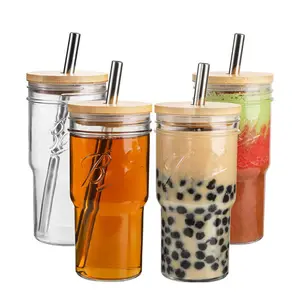Popular in your industry

















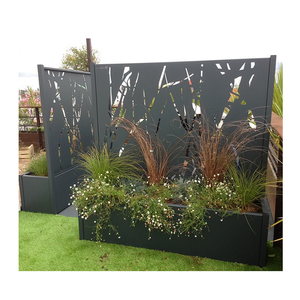









































































































































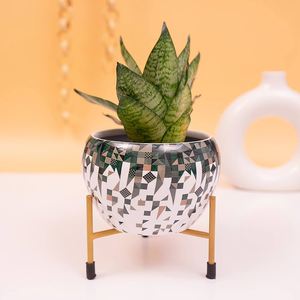




























Top categories
About metal plants
Introduction
Welcome to the future of gardening where the industrial allure of metal merges with the organic beauty of nature. This article delves into the rising trend of metal plants in modern landscaping, a harmonious blend of aesthetics and functionality that is transforming gardens globally. We explore the emergence of weathering steel, also known as Corten, the practical benefits, and the environmental impact of metal planters. We also provide tips on integrating these durable, versatile, and eco-friendly elements into your garden, selecting the right designs, and maintaining them for enduring appeal.
The Emergence of Metal Plants in Landscaping
Weathering steel, or Corten, has gained popularity in landscaping and outdoor construction. Its self-protecting rust develops when exposed to weather, creating a unique aesthetic appeal. Landscape designers value Corten for its strength, durability, and versatility. It has been used for walls, edgings, dividers, planters, gate trims, and arbors. Its industrial flavor seamlessly integrates into contemporary garden plans. Corten became a preferred material for modernistic architecture and outdoor art in the mid-20th century, and its popularity persists today.
Why Metal Plants?
Metal Garden Planters have seen a surge in popularity due to their blend of industrial charm and functional benefits. They are a versatile and practical solution for both indoor and outdoor spaces. Metal planters require minimal maintenance, are highly durable, and offer design versatility. They introduce a unique aesthetic to any space they occupy, are resistant to pests, and are cost-effective in the long run. Moreover, they are recyclable, reducing their environmental footprint.
Benefits of Metal Plants
Metal planters offer numerous benefits. They require minimal maintenance, standing the test of time and weather without needing repainting or varnishing. Their durability is unmatched, crafted from robust materials like corten or galvanised steel, they resist cracking, chipping, or rotting. Metal planters are also resistant to pests, providing an added layer of protection for your plants. Despite a higher initial investment, their longevity and low maintenance make them cost-effective in the long run. Additionally, they are 100% recyclable, reducing their environmental footprint.
Durability and Maintenance
Metal planters, commonly made from steel and aluminum, are built to last. They can endure various weather conditions and foot traffic without chips, cracks, or breaks. However, they can heat up under the sun, potentially dehydrating the soil, and require careful monitoring. Drainage holes are essential to prevent water accumulation and root rot. Despite their durability, metal planters are heavier and harder to move, especially in larger sizes. They may also oxidize over time, requiring occasional cleaning with mild soap and a soft cloth, and a special wax to maintain their luster.
Aesthetic Appeal
Aesthetic appeal is a significant factor when arranging plants in planters. The rule of three, color palette, and varying heights of pots and planters can all contribute to an attractive display. The shape of the container also plays a crucial role in the overall aesthetic. For instance, tall and slender plants like palms look best in cylindrical pots, while short and wide plants like succulents look better in square or rectangular pots. Combining different shapes, textures, and colors of plants can create a visually appealing display in your planters.
Environmental Impact
Metal plants offer significant environmental benefits. By reusing metal, we prevent excess waste from ending up in landfills. Moreover, the production of new metal exploits finite resources and pollutes the environment. Shaping and manufacturing metal also requires a lot of energy. Therefore, using metal plants reduces our carbon footprint and helps to decrease greenhouse gas emissions. In essence, incorporating metal plants into your garden is not only an aesthetic choice but also an eco-friendly one.
Incorporating Metal Plants into Your Garden
Metal is a versatile material that can be incorporated into your garden in various ways. It can be used to create large structures like monolithic walls or smaller details like hinges and water spouts. Corten steel, for instance, can be used to make robust staircases, laser-cut screens, pergolas, planters, or raised beds. Copper, though softer, can be used for light fittings or to clad a stronger internal core. Galvanized steel, a common and inexpensive choice, is perfect for gates and pergolas. The choice of metal and its application depends on your garden's design and aesthetic.
Choosing the Right Metal Plants
When choosing the right metal plants for your garden, consider a variety of options. For a touch of whimsy, consider the 'Poofy Floral Bouquet' or the '3pc Cactus Set'. If you're looking for something taller, the 'Tall Sunflower' could be a great choice. For those who prefer a more unique aesthetic, the 'Metal Agave Yard Art' and 'Metal Art Scorpion' offer a distinctive look. Lastly, for a more traditional appeal, the 'Succulents 5pc' set is a fantastic option. Each of these choices can add a unique touch to your garden, enhancing its overall appeal.
Designing with Metal Plants
Metal planters can revolutionize your garden design. Doubling up planters, either of the same size or different, can add depth and vitality to a space. Black and white decorative metal plant pots, not just silver, can pop and transform spaces like reception areas or patios. Large metal garden containers can fill empty gaps in your indoor or outdoor space, creating an impactful presence. Remember, the goal is to create a symmetry of art and nature, and metal plant pots make that goal easier to reach.
Care and Maintenance Tips
Maintaining metal plants requires a strategic approach. Regular checks of the plant to ensure proper functioning is crucial. This includes preventative maintenance, which involves periodic checking of the plant to see if it is operating correctly. This helps to prevent the plant from breaking down and helps to foresee possible problems that could result in loss. A plant maintenance plan can include scheduling times for equipment checkups, trouble-shooting, and general clean-up. Today, software is making plant maintenance more intelligent and efficient, enabling users to identify and solve problems before they impact production.
Conclusion
In conclusion, the rise of metal plants in modern landscaping is a testament to the innovative fusion of industrial materials and natural elements. Their durability, aesthetic appeal, and environmental benefits make them a compelling choice for both indoor and outdoor spaces. The versatility of metal allows for a wide range of applications, from large structures to intricate details, enhancing the overall appeal of your garden. Choosing the right metal plants and maintaining them properly can revolutionize your garden design, creating a unique blend of art and nature. Embrace this trend and let your garden be a testament to the harmonious coexistence of industry and nature.


